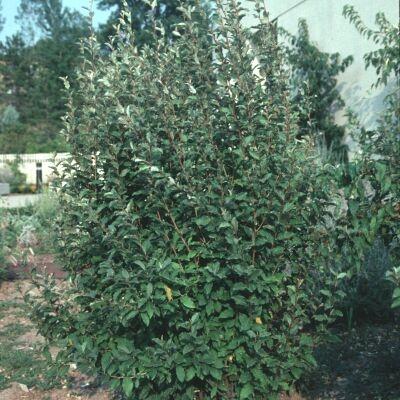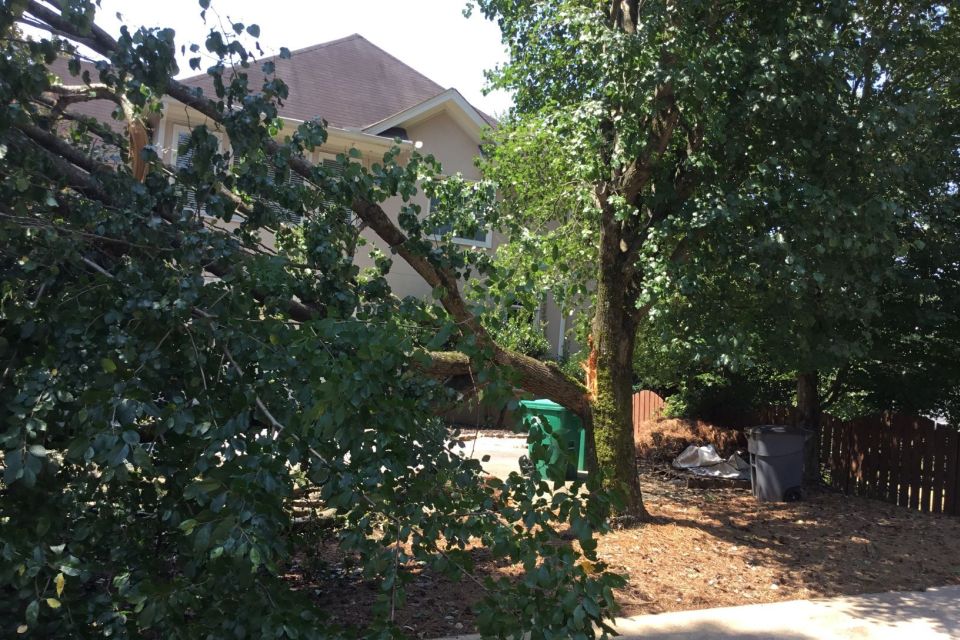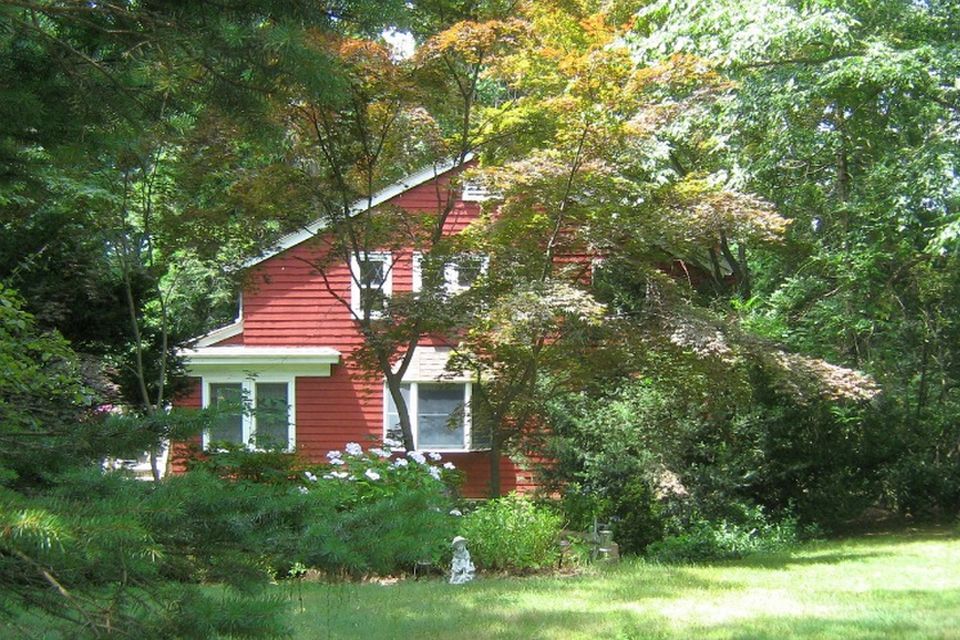Property Inspection
What should the realtor look for when viewing a home with a potential client?
It goes without saying that the realtor must know the market, the value of the nearby homes and properties.
However, too many times I have walked with a new homeowner of a newly purchased home only to find problems not inside the house but, rather, outside.
Most people are so caught up in just a few aspects of the home, they neglect to adequately assess the homes’ exterior and property and ultimately rely upon an inspector to find all the hidden as well as openly visual concerns of the home. Concerns include cracked walls near the base of the foundation, moss and algae growing on walkway surfaces and the house walls and roof, sinkholes in the lawn, trees and foliage too close to the house, signs of rodents on the roof and in the attic, invasive plants and other foliage around and on the house and roof and dead or dying or hazardous trees.
Recently a homeowner contacted us for a walk-though examination of the trees on the newly purchased home property only to find a poplar tree that was 20 feet from the back of the house with a greater than 12 foot split up the trunk. Had this hazardous tree fallen, it would have caused severe damage to the house. Why didn’t the realtor or inspector catch this issue? Usually these professionals are so focused on the interior of the house, they neglect the surroundings.
Tree branches touching or shading the roof, allow a pathway for rodents to walk the roof and find their way into the attic. Squirrels can jump up to 15 feet and flying squirrels can glide upwards of 40 feet. Moss and algae can grow rapidly on all types of surfaces such as the roof and walkways and the sides of the house walls, in shaded and wet areas due to blockage of the sunlight.
Invasive plants and vines can quickly takeover a tree or even the house if not properly maintained. When a vine or ivy attach themselves to a tree, the tree is now competing with the vine or ivy for nutrients and water. Elaeagnus is a dense evergreen shrub that is invasive and can grow upwards of 2-1/2 feet per year with the shoots expanding in spring and fall and over time grow sharp barbs. They engulf other shrubs and some trees much like a vine.

The Bradford pear tree has been a very popular addition that homeowners should avoid. North Carolina is outlawing the planting of these trees and there is talk of it being outlawed in Georgia. Reason being is that these trees are of a softer wood and as it grows, the branches drop over and eventually split off the trunk. The tree has a picture-perfect ball shaped canopy and flowers in spring but has a pungent odor. Questions should be made about the health of such trees if found on the homeowners prospective property purchase.

If looking to purchase the property, get a pre-sale home inspection. This is a wise upfront but optional investment. Be sure to ask the inspector to look at the property in addition to the house or hire a certified arborist or qualified tree service to look at the trees, plants and property.
There is talk about decluttering the home prior to placing it on the market, the same is true of the property. Curb appeal is important. Remove dead and dying trees and plants and trim them back from the house or other structures on the property.
Whether you are the listing agent or the buyer’s agent, it is your job to address these issues. You want to give them good and critical advice that is going to help them improve their property.
John Gallagher: Owner
Northside Tree Professionals
www.norhtsidetreeprofessionals.com
